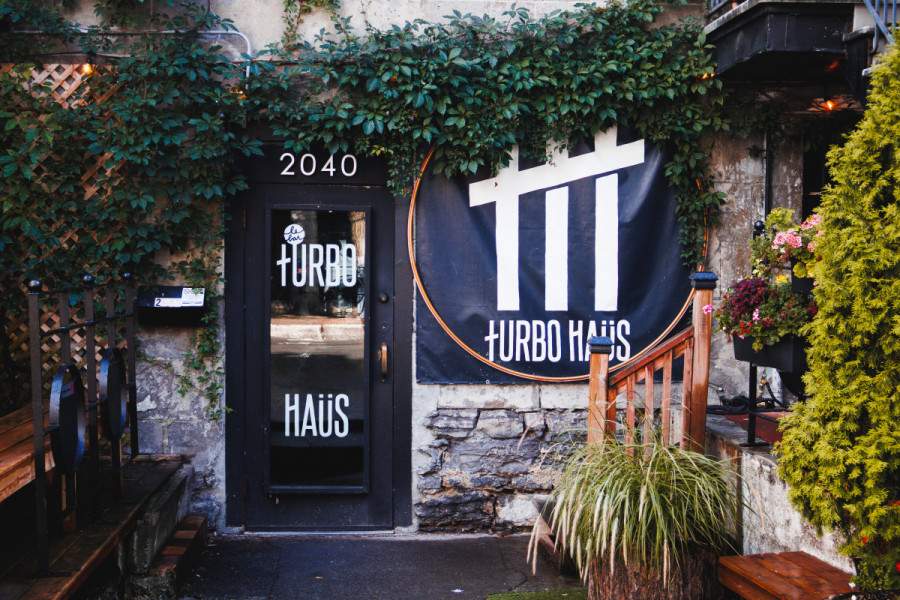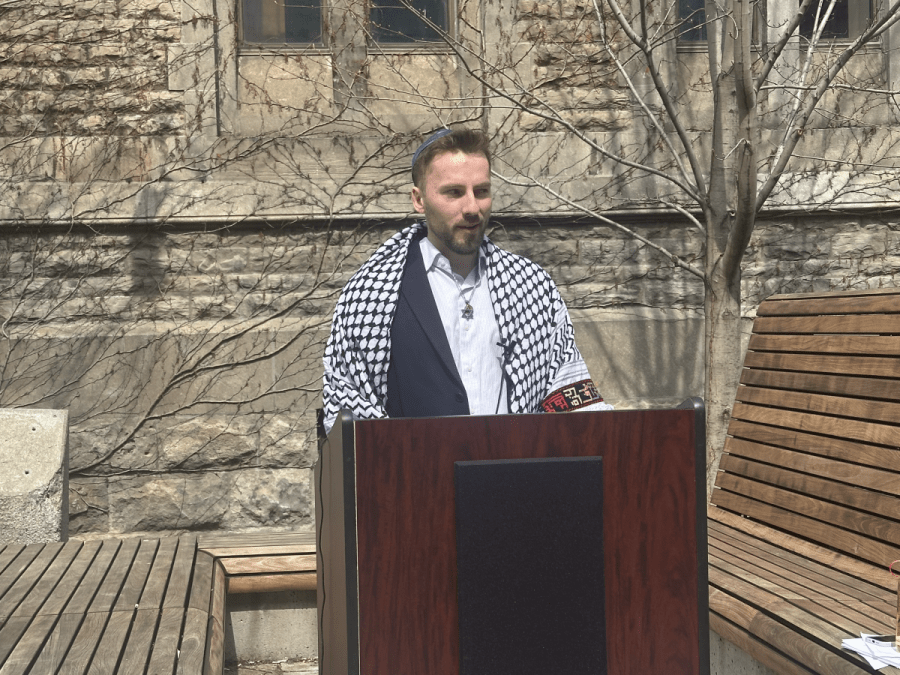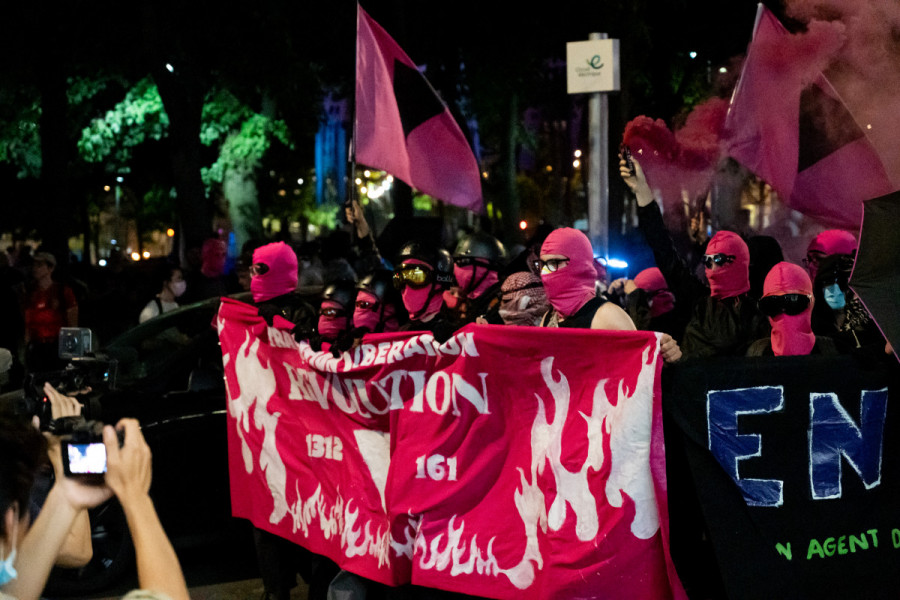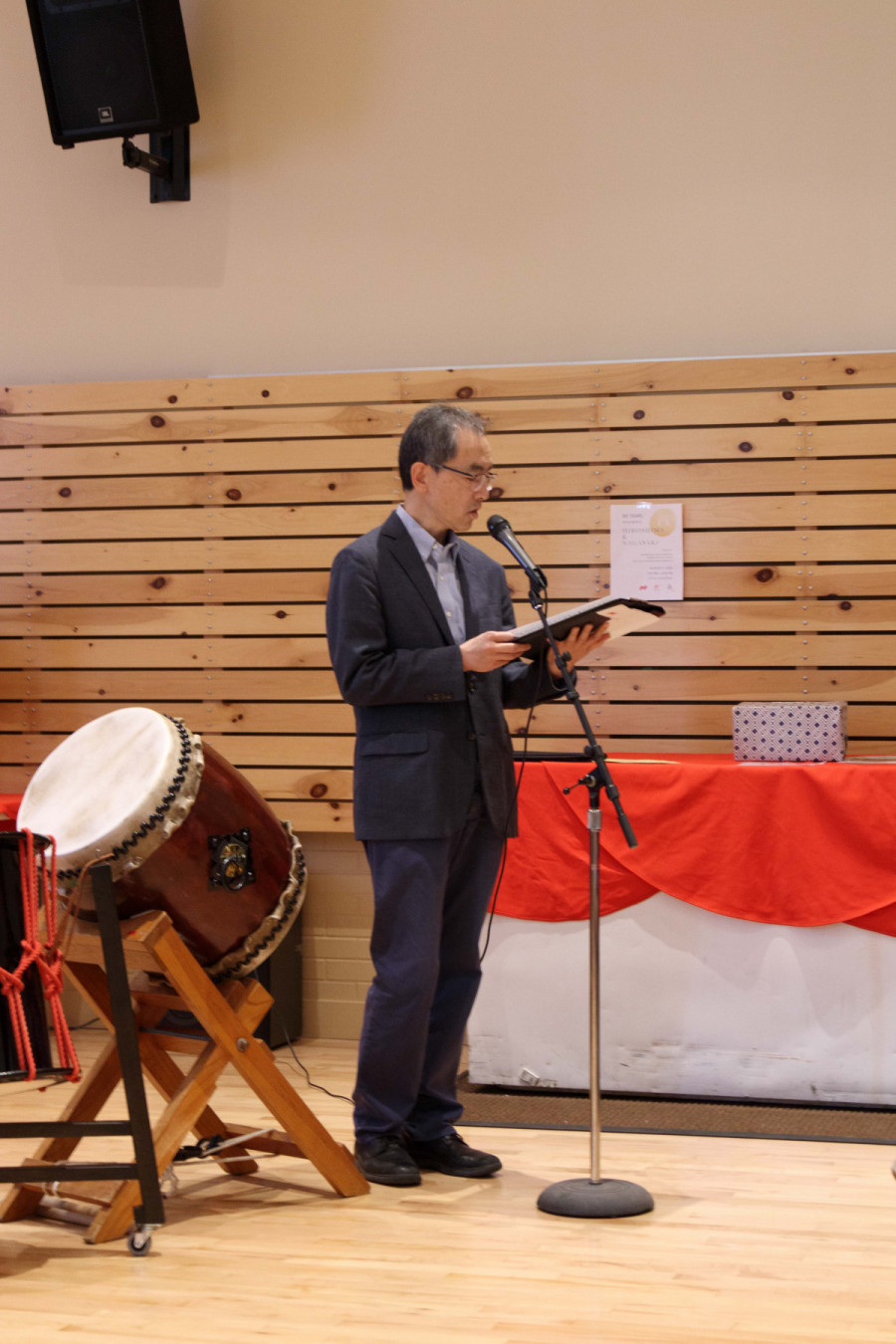Parc-Extension Council: Mayor’s Farewell, Baseball Debate Persists, and Local Concerns on Transit and Permits
By Dylan Adams Lemaçon LJI Reporter

The Sept. 30 borough council meeting in Villeray–Saint-Michel–Parc-Extension was marked by a subdued crowd, the symbolic end of an era, and familiar frustrations from local residents.
Because the borough mayor was ill, councillor Sylvain Ouellet presided over the evening as acting mayor, noting that this would be the final meeting under her administration. The outgoing mayor, who is not seeking re-election, had prepared a farewell message read aloud by Ouellet.
In her text, she reflected on 12 years of public service — four as head of the borough — and highlighted achievements such as new community centres, more trees planted in heat-vulnerable areas, and economic development initiatives. She thanked her family and colleagues, adding that she leaves her role “tired, but proud.”
Ouellet also addressed residents directly, reminding them of the upcoming November 2 municipal election. “Please go vote November 2nd,” he urged, pointing out the typically weak turnout in municipal races. He added that candidates, including sitting councillors, are working hard, campaigning every day leading up to the election.
Deros stresses culture and cleanliness challenges
Speaking for Parc-Extension, councillor Mary Deros thanked the borough’s cultural services for a busy summer, highlighting two new murals — including one at Jarry Park. But she didn’t shy away from the difficulties of the mandate.
She cited budget cuts, ongoing cleanliness issues, and the rat infestation plaguing Parc-Extension. “The citizens must work with the city, it’s not only the city’s fault,” she said, calling it a public health issue. “I hope in the next mandate, we can find a better way to fight this problem.”
Deros also thanked borough directors for their work and read a message encouraging residents to vote in the November election.
Baseball tensions return
Once again, the demolition of baseball fields at Parc Prévost dominated the question period. Parents and children dressed in team gear filled the speakers’ list, voicing frustration at the loss of playing space to give way for a bigger municipal library.
A local mother and daughter opened the discussion, questioning the borough’s decision-making process. Ouellet responded with familiar assurances that the borough will still meet the baseball association’s needs, though the project to build a new library requires removing a field.
Resident Zachary Patterson, joined by his daughter, said he supports the new library but doesn’t understand why it must come at the expense of baseball. Another frequent speaker on this matter, Sébastien Despelteau, echoed the sentiment stating they are not against the library, but questions it impedes on the baseball diamond?”
Ouellet acknowledged their concerns but was clear: delaying the library further “after years and years of planning” was not an option.
Transit, trees, and permits
Beyond baseball, other residents raised issues tied to everyday life in the borough.
- BIXI gap: Resident Mr. Toussaint denounced a 3.5 km stretch of Pie-IX Boulevard in Saint-Michel with no BIXI stations, calling it a “BIXI desert.” He presented a petition suggesting potential station sites. Ouellet admitted coverage is thin in the north end and said expansion remains a priority.
- Greenery: Resident Alain Bertrand asked for more trees in Parc-Extension.
- Permit frustrations: Mr. Cloutier returned with grievances about a two-year wait for a construction permit, noting that over 250 similar projects had been approved while his stalled. The borough blamed regulatory changes but Cloutier remained visibly frustrated, insisting his questions have gone unanswered.
- Metro construction concerns: Marc-André Miron of 22nd and Everett street said traffic chaos from the new Blue Line metro station construction makes his intersection unsafe, asking for a temporary stop sign. The borough said proximity to traffic lights complicates the matter but promised to raise the issue with mobility planners.
Loose ends and adoption of items
Before the council moved to adopt its list of administrative items, Deros asked about unsafe or exposed electrical wires in the Mile-Ex region of the borough. Officials replied that discussions with Hydro-Québec are ongoing but admitted they too are tired of waiting for a resolution.
Most points on the order of the day were adopted without debate. Deros took a moment to thank citizen members of the borough’s urban planning committee (CCU) for their input on development projects.
The meeting closed quietly, in sharp contrast to the charged baseball debates of past sessions. Still, the recurring themes of transparency, consultation, and the borough’s balancing act between new development and community needs lingered in the air — setting the stage for what promises to be a lively November election





























.png)




_900_754_90.jpeg)






















